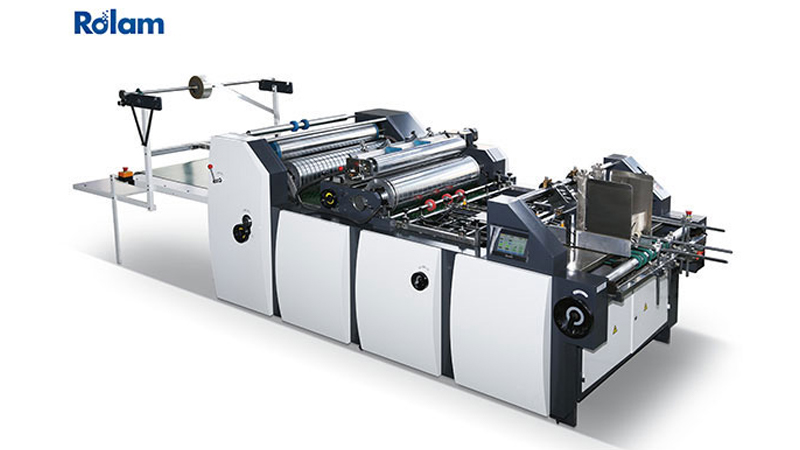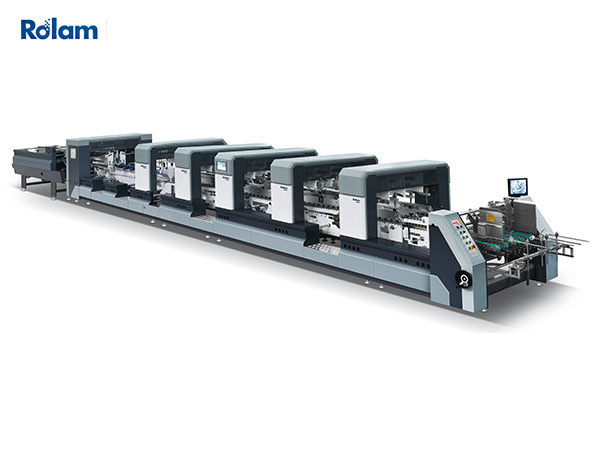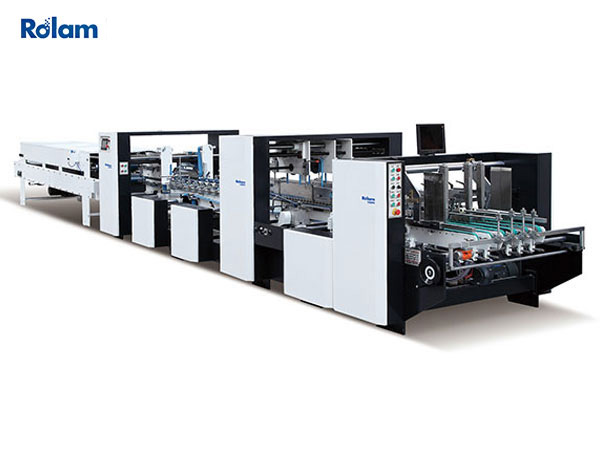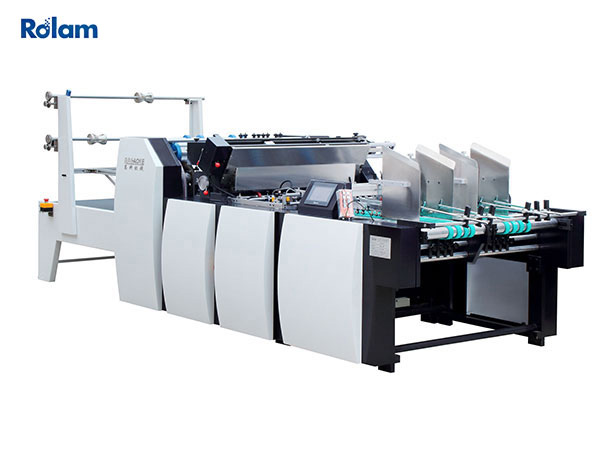In the packaging industry, window laminators play a vital role in enhancing the appearance of products while maintaining structural integrity. Widely used in industries such as food and beverage, cosmetics, pharmaceuticals and luxury goods, these machines are used to apply transparent films to packaging boxes, allowing consumers to see the product inside without opening the package.
This article explores the functions, applications, benefits and key features of window laminators to help companies understand why they are an integral part of modern packaging solutions.
What is a window laminator?
A window laminator is an automatic or semi-automatic machine used to precisely apply transparent film (usually PET, PVC or OPP) to the pre-cut window of paper or paperboard packaging. This process ensures that the box is secure, bubble-free and beautiful while maintaining the box's durability.
Key functions of a window laminator
1. Laminating – Applying transparent film to the window cutout of the box.
2. Gluing – Applying adhesive to ensure the film is firmly fixed.
3. Film cutting – Precisely trim excess film to make packaging clean and neat.
4. Paper collection and stacking – Collect and organize pasted papers before folding into final packaging.

Applications of window laminators
These machines are widely used in industries that require beautiful and functional packaging, including:
Food and beverage – chocolate boxes, tea packaging, snack boxes.
Cosmetics and perfume – luxury gift boxes with product visibility.
Pharmaceuticals – medicine boxes with transparent dosage windows.
Luxury goods and gifts – wine boxes, jewelry boxes, premium gift packaging.
Consumer goods – tissue boxes, electronic accessories packaging.

Benefits of using window laminators
1. Enhanced product visibility – consumers can see the product without opening the package, improving sales appeal.
2. Efficiency – Automates the laminating process, reduces labor and increases production speed.
3. Precision and consistency – ensures bubble-free and wrinkle-free lamination for professional results.
4. Durability – Enhances packaging strength while maintaining flexibility.
5. Safety compliance – Rolam machines are ISO 9001 and CE certified to ensure quality and safety.
Choosing the right window patching machine
When choosing a window patching machine, consider the following factors:
Level of automation (fully automatic or semi-automatic)
Compatibility with different films and packaging materials
Production speed (number of sheets per hour)
Ease of operation and maintenance
Certifications (ISO, CE, etc.)
For businesses looking to improve the quality of their packaging, investing in Rolamd window patching machine can increase brand awareness and customer satisfaction.

Conclusion
The Window Patching Machine is an indispensable tool in modern packaging, offering efficiency, precision, and aesthetic advantages. Whether for food, cosmetics, pharmaceuticals, or luxury goods, this machine ensures that products are presented attractively while maintaining structural integrity.



